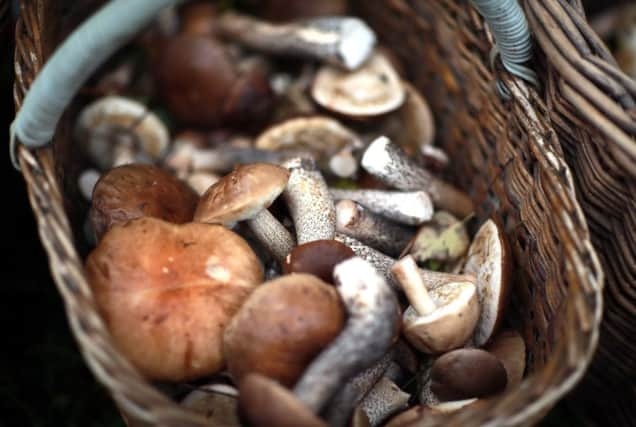Ilona Amos: Vital role of fungi often overlooked


But even if you haven’t got a taste for morels, ceps and chanterelles, fungi - which include yeasts, moulds, mildew and toadstools - are worth a closer look. There’s so much more to them than meets the eye. Life on earth couldn’t exist without them and we ignore them at our peril.
Estimates suggest there are likely in excess of 1.5 million fungi species globally, of which less than 10 per cent have so far been discovered. Aside from culinary uses, we need them to make everything from bread, beer and wine to penicillin and other antibiotics, natural pesticides and fertilisers.
Advertisement
Hide AdAdvertisement
Hide AdMost importantly, though, they are crucial to the planet as ecosystems would not function without them. Fungi are different from animals and plants. Unlike plants they contain no chlorophyll and do not photosynthesise - in fact they are more closely related to animals. Collectively they form their own independent megadiverse biological kingdom.
They exist by feeding on organic matter, decomposing wood and plant tissue, breaking down dead stuff and recycling nutrients. They grow into tree and plant roots, transporting water and nutrients into them - without them most plants would not survive.
Scientists are only now beginning to fully understand the complicated hidden network that exists beneath the forest floor - a sophisticated trading system linked by fungi that has been dubbed the woodwide web. It has been likened it to a giant brain, with its own form of intelligence, sending messages and nutrients between organisms and communicating threats to the community.
Of course fungi are susceptible to the same man-made threats facing most life on our planet - climate change, habitat loss and pollution. However, despite their importance, fungi have been surprisingly overlooked as far as conservation is concerned. Luckily that is beginning to change.
The International Society for Fungal Conservation was set up by a group of experts in 2010 at a meeting at the Royal Botanic Garden Edinburgh (RBGE). And over the past few years there has been a surge of interest in the study of fungi, or mycology, among amateurs.
During his professional career Professor Roy Watling was head of mycology and plant pathology and one-time acting regius keeper at the RBGE. He is one of the first to hear when new or rare species are uncovered since he is often charged with official identification. And the list of recent discoveries is much longer than you might expect.
So why the increase in these new rare fungi? Is it climate change, changes in habitat, urbanisation? He says there are many factors. “But I think the prime reason is that there are more eyes on the ground,” he adds. And many new finds are by amateurs.
It’s true that there is a worrying shortage of mycology experts in the country, but it’s heartening to see such a surge in citizen scientists.
Advertisement
Hide AdAdvertisement
Hide AdSo instead of going out picking wild fungi to put on our plates, perhaps we can turn our hunting skills to a bigger purpose. Let’s record what we find and help grow the knowledge banks on these amazing lifeforms.